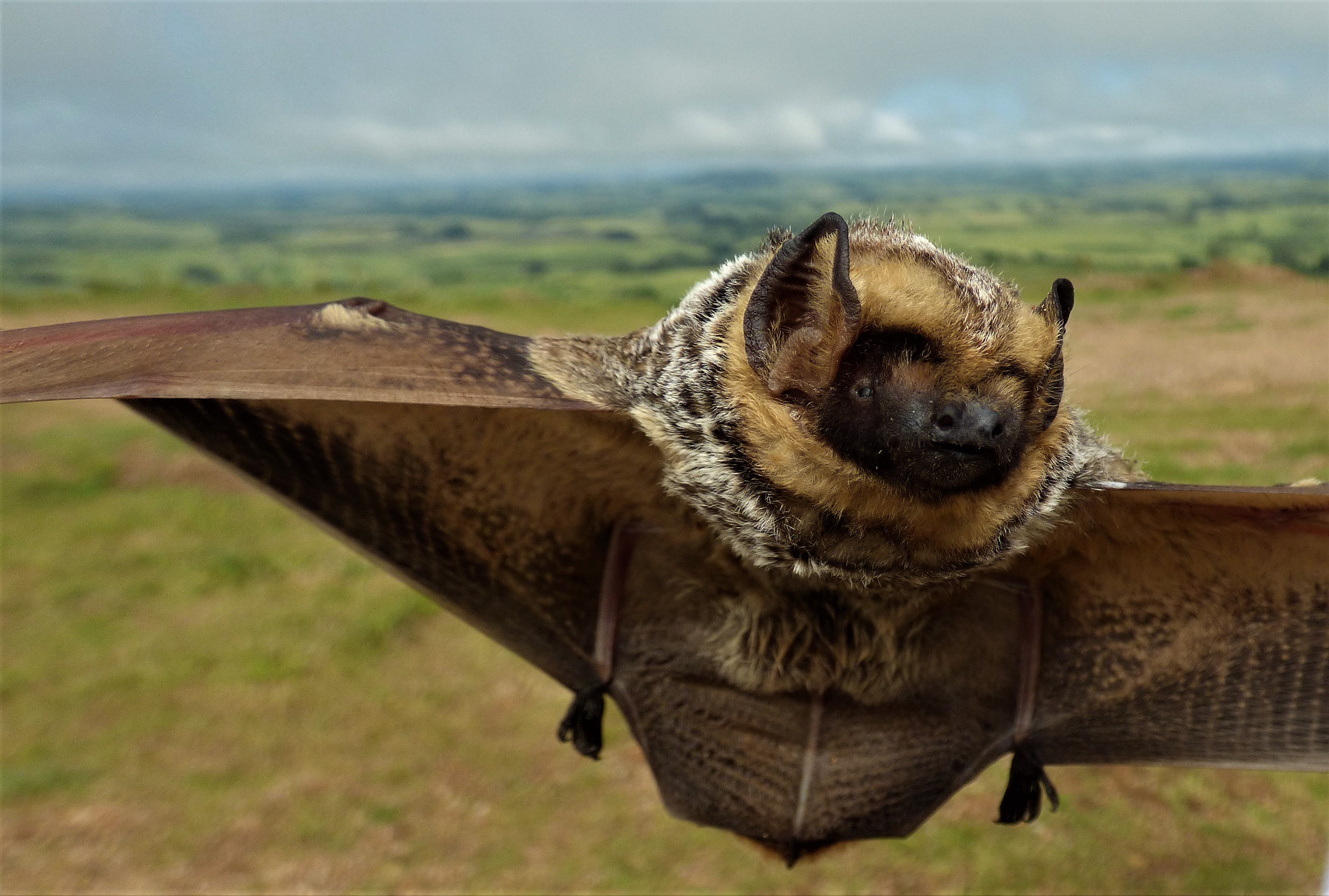Media release
From:
Trapped bats - Bats may be visually attracted to wind turbine blades, with devastating effects. Across nearly 400 flights with two bat species through a y-shaped maze, researchers found bats were significantly more likely to fly towards white turbine blade sections over black, less reflective ones or a dark, empty exit. The findings highlight the impact of visual sensory pollution on bat survival and show how wind turbines could be serving as ecological traps. Biology Letters
Bats Flying Through a Y-maze Are Visually Attracted to Wind Turbine Surfaces
Biology Letters
Bat fatalities at wind turbines pose a conservation threat, but the cause of collisions is unclear. One possibility is that bats are visually attracted to turbines. We flew two species of impacted bats through a Y-maze to determine if the color of turbine surfaces affected their behaviour. Bats were at least twice as likely to approach white turbine surfaces as black ones, and even selected white surfaces more than dark empty exits. Our findings suggest vision plays an important role in bat-turbine interactions, and with further research, could inform vision-based mitigation strategies to reduce bat fatalities.
Article Type: Research



 International
International



